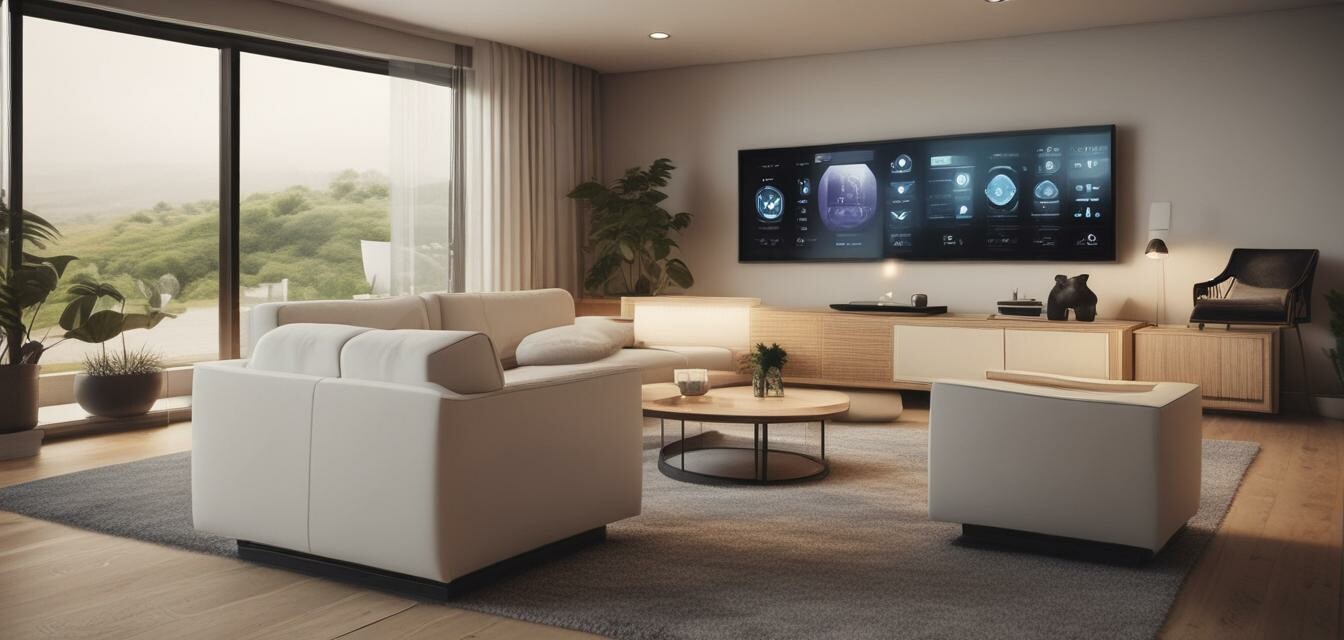
The Impact of Remote Monitoring Technology for Seniors
Key Takeaways
- Remote monitoring technology enhances the safety and independence of seniors.
- These technologies provide real-time data to caregivers and family members.
- Easy-to-use interfaces are critical for senior user acceptance.
- Many solutions can integrate with existing smart home systems.
- Privacy and data security are essential considerations.
As technology advances, the ways in which we monitor the health and safety of our loved ones are evolving. For seniors, remote monitoring technology is becoming a crucial tool that enables them to maintain independence while providing peace of mind to their families and caregivers. In this article, we will dive deep into various aspects of remote monitoring technology, its benefits, and its implications for the future of senior living.
What is remote monitoring technology?
Remote monitoring technology involves using devices and applications to collect and transmit health and safety data about individuals, especially seniors, to caregivers or family members. This technology can include a wide range of devices such as:
- Health monitoring devices
- Activity trackers
- Medical alert systems
- Home security systems
These tools help track vital signs, physical activity, location, and emergency situations. By providing a means to monitor seniors remotely, these technologies contribute to the well-being and safety of older adults living independently.
The benefits of remote monitoring technology for seniors
Remote monitoring technologies offer numerous advantages that improve seniors’ quality of life. Here are some key benefits:
| Benefit | Description |
|---|---|
| Increased Safety | Real-time alerts can notify caregivers of emergencies, ensuring immediate help. |
| Enhanced Independence | Seniors can live alone while still being monitored, providing a sense of freedom. |
| Better Health Management | Continuous tracking of medications and health metrics helps optimize care. |
| Family Peace of Mind | Families can receive updates about their loved ones without intruding on their privacy. |
How remote monitoring technology impacts daily life
With remote monitoring technology, many senior citizens can enjoy significant improvements in their day-to-day lives. Below are some practical examples:
- Medication reminders: Devices can send notifications to remind seniors when it's time to take their medications.
- Fall detection systems: Certain devices can detect when a fall has occurred and send alerts automatically.
- Health tracking: Wearables can monitor vital signs like heart rate and send reports to healthcare providers.
- Alerts for inactivity: If a senior is inactive for an extended period, caregivers can be notified to check in.
Integration with smart home systems
One of the exciting aspects of remote monitoring technology is how it can be integrated with existing smart home systems. Many solutions cater specifically to seniors, ensuring ease of use and compatibility. Below are some ways in which these systems can work together:
| Feature | Smart Home Integration |
|---|---|
| Health Monitoring | Devices can integrate with connected home assistants for voice notifications. |
| Security Systems | Smart cameras and locks can alert caregivers of unusual activity. |
| Energy Management | Automated lighting and heating can be adjusted based on the senior's routine. |
| Emergency Contacts | Systems can directly contact emergency services if required. |
The importance of usability and accessibility
A critical factor in adopting remote monitoring technology is ensuring it is user-friendly for seniors. Interfaces should be designed with simplicity, legibility, and intuitive navigation in mind. This includes:
- Large text and buttons
- Voice control options
- Clear visual indicators for alerts
- Training or support for users unfamiliar with technology
Designing accessible technology is crucial for ensuring that seniors can easily interact with these devices, enhancing their willingness to adopt and use them.
Privacy and security considerations
As with any technology that collects personal data, privacy and security are of utmost importance for remote monitoring solutions. Protecting sensitive information must be a priority for manufacturers and users alike. Here are some key considerations:
- Use of encryption to safeguard data transmissions
- Robust authentication methods to ensure authorized access
- Clear data handling policies that comply with regulations
- Regular software updates to address vulnerabilities
Future trends in remote monitoring technology for seniors
The future of remote monitoring technology looks promising, with constant innovations aimed at enhancing the values provided to seniors and their caregivers. Some emerging trends include:
- Artificial intelligence for personalized health insights
- Wearable technology becoming increasingly sophisticated
- Integration with telehealth platforms for remote consultations
- Smart home technology advancements focusing on user-friendly designs
As the market evolves, it's critical to stay informed about the latest developments that can benefit seniors and improve their overall lifestyles.
Conclusion
Remote monitoring technology has a profound impact on the health and safety of seniors, enabling them to live independently while ensuring peace of mind for their families. With ongoing advancements, the future holds even greater potential for improving senior living. As technology continues to evolve, embracing these innovations can significantly enhance the lives of older adults today.
Tips for seniors and their families
- Research various remote monitoring devices to find the best fit for your needs.
- Set up a trial period with family members to ensure senior comfort and usability.
- Stay educated about the latest trends in technology relevant to senior care.
- Emphasize communication with seniors to address any concerns or questions about the technology.